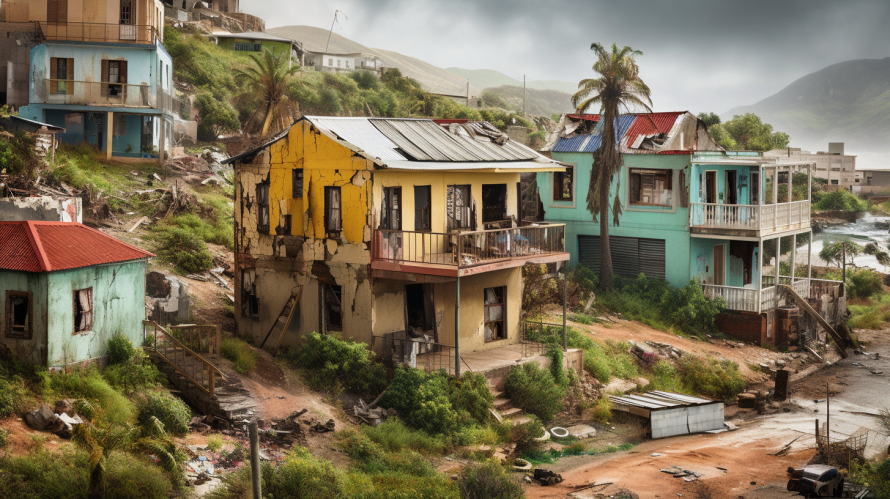
Cyclone Dineo was a tropical cyclone that hit Southern Africa in February 2017. The cyclone formed in the Mozambique Channel and made landfall on the coast of Mozambique, bringing with it heavy rains, strong winds, and storm surges. The cyclone then moved inland, affecting parts of South Africa, Zimbabwe, and Botswana.
Impacts on South Africa
Cyclone Dineo brought heavy rains and strong winds to the northeastern parts of South Africa, particularly the provinces of Limpopo and Mpumalanga. The heavy rains caused flooding in many areas, leading to damage to homes, buildings, and infrastructure. The strong winds caused trees to fall and roofs to be ripped off buildings.
In Limpopo, the Olifants River burst its banks, causing extensive flooding in the area. The flooding resulted in the displacement of many people, as well as damage to homes, buildings, and infrastructure. In Mpumalanga, the cyclone caused landslides and flooding, which resulted in the closure of many roads and bridges.
The cyclone also had a significant impact on the agricultural sector in South Africa. Many farms were destroyed or damaged by the cyclone, and crops were washed away or destroyed by the heavy rains. Livestock were also affected, with many animals being swept away by floodwaters.
In addition to the physical damage caused by the cyclone, it also had a significant impact on the economy of the affected regions. Many businesses were forced to close due to the damage caused by the cyclone, and the loss of crops and livestock had a significant impact on the agricultural sector.
Response to Cyclone Dineo
The South African government responded quickly to the impact of Cyclone Dineo, providing emergency assistance to those affected by the cyclone. The government provided food, shelter, and medical assistance to those who had been displaced by the flooding, as well as providing support to the agricultural sector.
Non-governmental organizations also played a significant role in the response to Cyclone Dineo. Organizations such as the Red Cross provided assistance to those affected by the cyclone, including distributing food, water, and blankets.
Lessons Learned from Cyclone Dineo
Cyclone Dineo highlighted the need for better disaster preparedness and response in South Africa. The cyclone exposed weaknesses in the country’s infrastructure, particularly in the areas of flood control and disaster management.
The cyclone also highlighted the need for greater investment in the agricultural sector, particularly in the areas of crop diversification and climate-smart agriculture. Many of the farmers affected by the cyclone were growing monoculture crops, which are particularly vulnerable to extreme weather events such as cyclones.
Conclusion
Tropical cyclones such as Cyclone Dineo can have a significant impact on the people and communities of South Africa. The cyclone caused significant damage to homes, buildings, infrastructure, and the agricultural sector, highlighting the need for better disaster preparedness and response in the country. It is important that South Africa continues to invest in disaster management and climate-smart agriculture to mitigate the impact of future extreme weather events.
